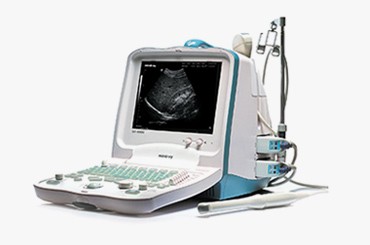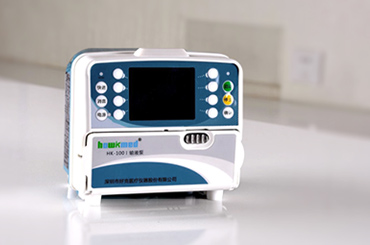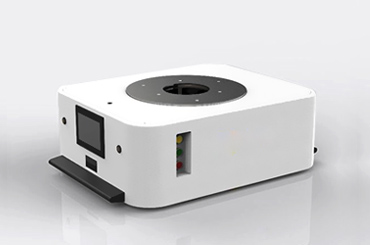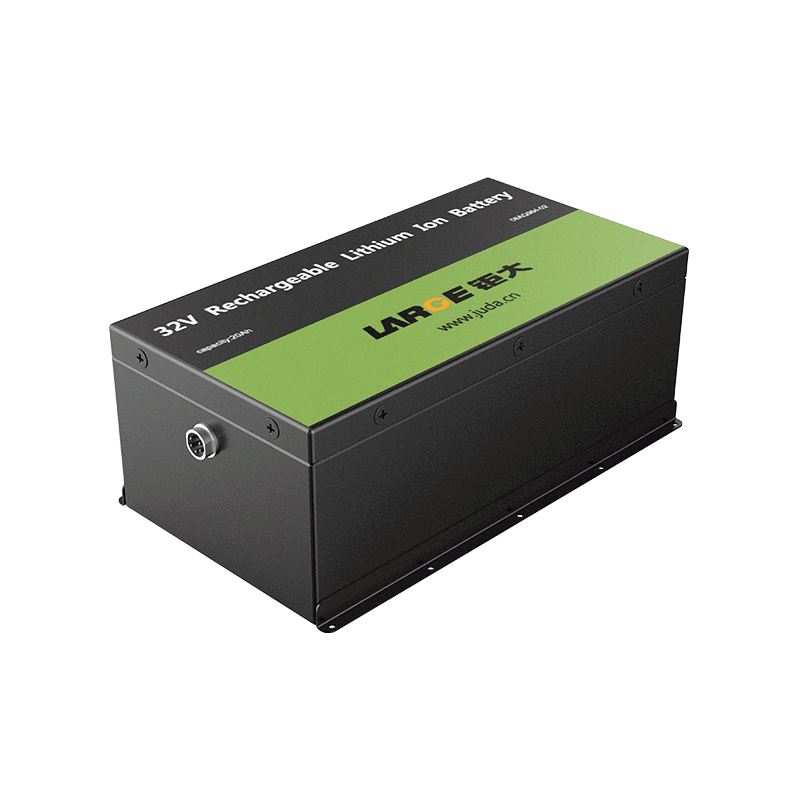-
Introduction to Batteries
-
Technical Specifications
-
Deep Cycle Battery
-
Car Batteries
-
Solar Battery Applications
-
Energy Storage Solutions
-
Battery System Design
-
Environmental Considerations
-
Cycle Life and Maintenance
-
Charging and Discharging
-
Battery Comparison
-
Final Thoughts
Understanding the Difference Between Solar Battery and Car Battery
APR 24, 2025 Pageview:1719
Introduction to Batteries
Batteries are essential energy storage devices powering everything from vehicles to renewable energy systems. They come in various chemistries, including lead acid batteries, lithium-ion, and nickel-metal hydride (NiMH), each tailored for specific applications. While lead-acid batteries dominate automotive and solar storage due to their cost-effectiveness, lithium-ion batteries are increasingly favored for high-performance needs like electric vehicles (EVs) and portable electronics. Recent advancements in car battery technology have significantly enhanced vehicle performance and longevity. Additionally, solar batteries utilize technologies such as lithium iron phosphate (LFP) for better safety and long lifespan, while most car batteries are conventional lead-acid batteries. Understanding their differences ensures optimal performance and longevity.
Technical Specifications
Key specifications define a battery's suitability for an application:
Voltage/Capacity: Determines energy output and runtime. Car batteries typically have lower amp-hour ratings, ranging from 30-50 amp hours, while solar batteries can hold significantly more energy, between 100-400 amp hours, allowing for prolonged power supply. This higher capacity of solar batteries makes them more suitable for extended power supply to homes.
Cycle Life: Number of charge/discharge cycles before capacity degrades (e.g., solar batteries: 1,500+ cycles).
Energy Density: Critical for space-constrained applications (lithium-ion > lead-acid).
Discharge Rate: High current for car batteries vs. stable, low current for solar.
Maintenance: Flooded (requires watering) vs. sealed (maintenance-free).
Deep Cycle Battery
Deep cycle batteries are designed for prolonged, steady energy delivery and frequent depth-of-discharge (DoD) cycles. Common in solar and marine applications, they use thin plates and thick lead plates or gel/AGM technology to withstand repetitive discharging. Unlike starter batteries, they prioritize cycle life over instantaneous power, making them ideal for renewable energy systems. Additionally, deep cycle batteries can be fully discharged without damage, unlike car batteries which are not designed to be fully discharged.
Car Batteries
Car batteries (starting-lighting-ignition/SLI) deliver short, high-current bursts necessary for car starting. Key features:
Construction: Thin lead plates maximize surface area for rapid energy release. Car starter batteries are designed to provide short bursts of power for starting engines, followed by a quick charge from the alternator.
Chemistry: Flooded or maintenance-free lead-acid. Car batteries deliver a significant amount of power in a short time, emphasizing their primary role in starting the engine.
Use Case: Not suited for deep cycling—frequent deep discharges drastically reduce lifespan.
Solar Battery Applications
Solar batteries store energy from photovoltaic panels for later use. Requirements include:
Deep Cycling: Daily charge/discharge cycles demand robust cycle life (gel/AGM lead-acid or lithium-ion). Solar batteries support off-grid living by storing energy from the grid.
Low Self-Discharge: Retains charge during low sunlight. Most solar batteries are environmentally sustainable and often recyclable, reducing waste and supporting eco-friendly practices. The self-discharge rate for solar batteries is very low, about 1-2% per month.
Stable Output: Steady discharge for appliances like lights or HVAC. Solar batteries manage their stored energy during charging and discharging cycles, ensuring gradual power delivery and efficiency in deep discharge usage. Note: While car batteries can be used in solar setups, their shorter lifespan and poor deep-cycle performance make them suboptimal.
energy storage Solutions
Lead-Acid: Affordable for solar/industrial use but heavy and lower cycle life. Lead-acid batteries have a short service life compared to solar batteries, and improper application can significantly reduce their efficiency.
Lithium-Ion: Lightweight, high energy density, and long lifespan (preferred for EVs and premium solar systems). Lithium-ion batteries in solar energy systems offer a longer life, often lasting well over a decade due to advancements in battery technology.
NiMH: Less common, used in niche applications due to moderate performance and cost.
Battery System Design
A well-designed battery system is crucial for efficient solar energy storage. Solar batteries are specifically designed to store power generated by solar panels, ensuring that energy is retained for use during non-sunny periods. They are designed to store power for long periods and release it steadily. Car batteries, on the other hand, deliver quick bursts of high power for short periods, which is essential for their functionality. Deep cycle batteries, such as gel batteries and lithium batteries, are ideal for solar power systems due to their ability to handle deep discharges. When designing a battery system, it's important to consider factors such as energy density, cycle life, and discharge characteristics to ensure optimal performance. A solar system battery should be designed to work seamlessly with solar panels and inverters to provide a reliable source of electrical power. By carefully planning the battery system, you can maximize the efficiency and longevity of your solar energy storage solution.
Environmental Considerations
Recycling: Lead-acid batteries are 99% recyclable; lithium-ion recycling is growing but less mature.
Toxicity: Lead and sulfuric acid require careful disposal; lithium poses fire risks if damaged.
Efficiency: Lithium-ion's higher efficiency reduces long-term environmental impact
Cycle Life and Maintenance
The cycle life of a solar battery refers to the number of charge and discharge cycles it can handle before its capacity is reduced. A typical solar battery can last 10-15 years when properly maintained. Car batteries deliver quick bursts of high power for short periods, while solar batteries provide power for several hours. Deep cycle batteries are designed to have a longer cycle life than starter batteries, making them more suitable for solar energy storage. Regular maintenance, including daily charging, is essential to extend the life of solar batteries, including checking for corrosion and cleaning the terminals. Solar batteries should be stored in a cool, dry place to prevent damage from extreme temperatures. A well-maintained solar battery system can provide years of reliable service, making it a worthwhile investment for solar power systems. By following these maintenance tips, you can ensure that your solar batteries remain in optimal condition.
Charging and Discharging
Solar batteries are charged by solar panels during the day, storing energy for use at night or on cloudy days. The charging and discharging process should be carefully managed to prevent damage to the battery and ensure optimal performance. The sun plays a crucial role in solar energy production and battery storage, as solar panels generate electricity when exposed to sunlight. Deep cycle batteries can handle deep discharges, but it's recommended to keep the depth of discharge (DOD) below 50% to prolong the battery's life. Solar batteries should be charged and discharged slowly to prevent damage from rapid changes in voltage and current. A charge controller is essential to regulate the flow of energy between the solar panels, battery, and inverter, ensuring safe and efficient charging and discharging. By managing the charging and discharging process, you can maintain the health and efficiency of your solar battery system.
Solar Batteries:
Charging: Low, steady current from panels; compatible with intermittent sunlight.
Discharging: Stable, low-power output over hours/days. Solar batteries do not provide large current discharges in a short period.
Car Batteries:
Charging: Rapid alternator-based charging.
Discharging: High instantaneous current (300–500A) for engine starts.
Battery Comparison
| Feature | Solar/Deep Cycle | Car Battery |
|---|---|---|
| Cycle Life | 1,500+ cycles | 200–500 cycles |
| Discharge Current | Low, steady (5–20A) | High burst (300–500A) |
| Plate Design | Thick (deep cycle) | Thin (high surface area) |
| Maintenance | Low (gel/AGM) | Varies (flooded/sealed) |
| Cost | Moderate to high | Low to moderate |
Final Thoughts
In the real world, solar energy storage is becoming increasingly important as more people turn to renewable energy sources. Solar batteries play a critical role in storing excess energy generated by solar panels, allowing for a steady supply of power even on cloudy days or at night. These batteries manage their stored energy efficiently during charging and discharging cycles, ensuring consistent power delivery. As technology continues to advance, we can expect to see even more efficient and cost-effective solar battery solutions. Solar batteries are also crucial in powering various types of vehicles, from cars and tractors to electric vehicles and electric bicycles, highlighting the importance of selecting the right battery for optimal efficiency and longevity. Whether you're looking to power a small solar setup or a large solar system, there's a solar battery out there to meet your needs. By investing in a high-quality solar battery and following best practices for maintenance and charging, you can enjoy the benefits of solar energy storage for years to come.
Leave Message
Hottest Categories
-
Hottest Industry News
-
Latest Industry News









